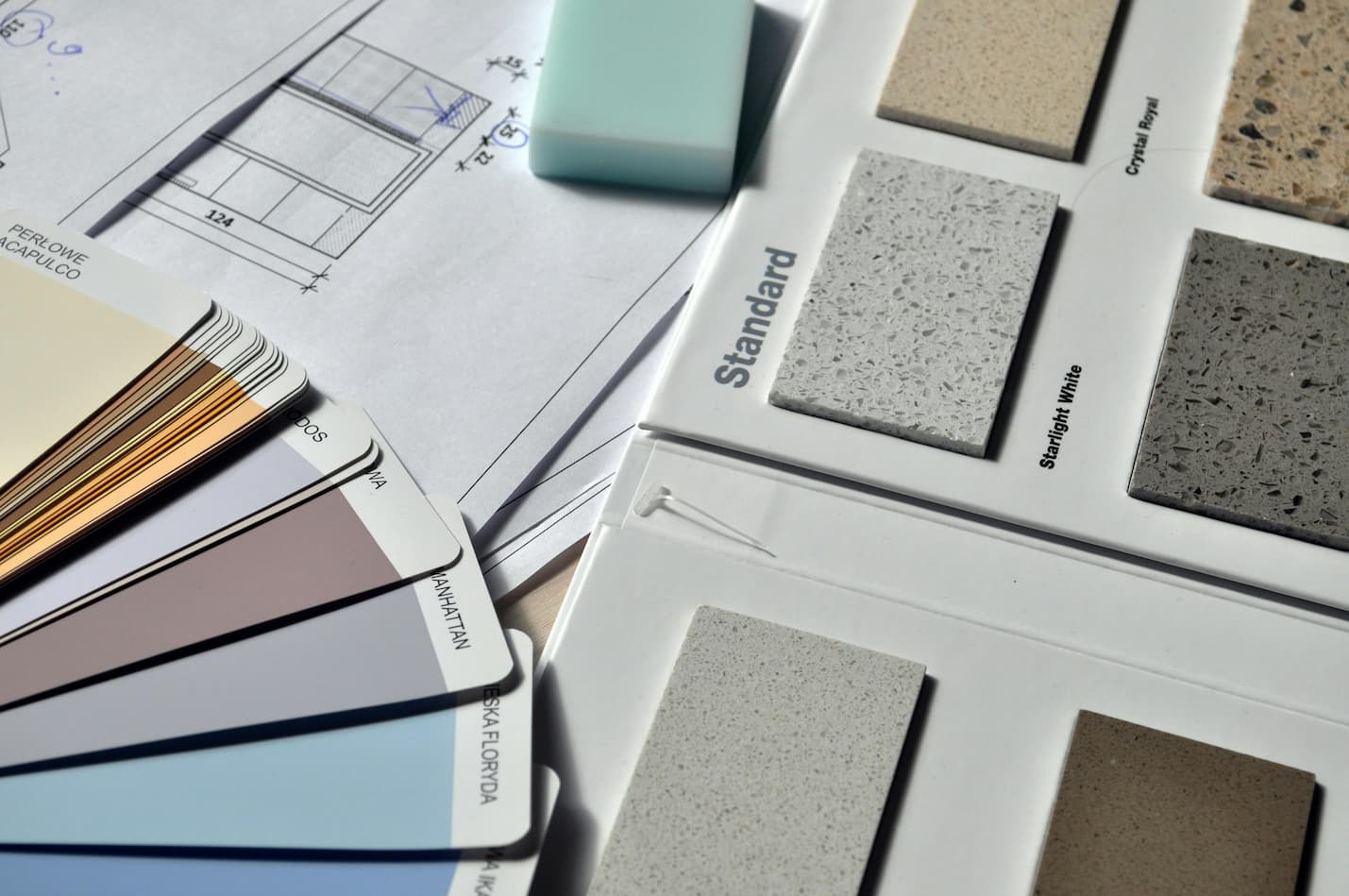
Knowing how to estimate building materials quickly is a key skill to have for both DIYers and tradespeople. It helps you stay on budget, avoid costly delays, over ordering, and wasted materials.
You may be pricing up a potential home extension or preparing for a new site development. This guide will explain how to estimate building materials in the best way and what methods to use.
How To Estimate Building Materials For Home Construction
When planning a residential project, your first material estimate should be done early, ideally at the concept stage.
Even a rough takeoff can help gauge feasibility. Once you have approved plans or architectural drawings, a more detailed quantity takeoff (QTO) can begin.
The best approach? Review your blueprints and break the build down into key phases. These might be: groundwork, foundations, structure, roofing, insulation, finishes, etc.
For each phase, list the materials required: bricks, blocks, timber, insulation, fixings, adhesives, and so on.
For example:
Concrete for foundations: measured by volume (length × width × depth)
Wall materials: measured by area (length × height), subtracting windows and doors
Roof tiles: estimated by roof area and tile type (e.g., 60 plain tiles per m²)
Timber and pipework: measured by length
Always add around 10% as a contingency for off-cuts, damage, or design changes.
How To Calculate Building Materials For a Site
For larger or commercial projects, the same principles apply, but at a greater scale. Site-specific factors matter. Two identical plans built on different ground types may require different foundation depths or drainage materials. That’s why a site visit is essential before finalising your estimate.
There are several estimation methods you can use:
Unit Pricing Method: Count each item (e.g. doors, joists, fence panels), multiply by the unit cost
Square Foot (or Metre) Method: Ideal for estimating materials like flooring, plasterboard, or insulation
Volume-Based Estimation: Used for concrete, hardcore, or backfill
In some cases, a digital takeoff software can be handy to help speed up the process and reduce errors, but this isn’t always a necessity, so long as you’re careful.
The Prices & Cost Of Building Materials
Material prices have seen significant fluctuations in recent years. Key products like concrete, timber, bricks, and insulation have all been affected, driven by global supply pressures, labour shortages, and inflation.
That said, there are signs of improvement suggesting that after several challenging years, the market may be beginning to stabilise.
We recommend:
Checking current material costs regularly
Factoring in lead times for supply and delivery
Including a contingency of 5–10% in your project budget
Utilising trade pricing where available and working with suppliers you trust
Where To Buy Your Construction & Building Materials
An accurate building material estimate is hugely beneficial in the grand scheme of a project. No matter the job, estimating materials properly gives you better control and better results.
Just as important as the estimate itself is who you choose to supply your building materials. The right supplier can make a significant difference to the smooth running of your job.
When sourcing, consider the availability of materials, whether bulk discounts are offered on full packs or pallets, and how delivery is handled. Account terms also matter; having access to trade prices and clear invoicing.


